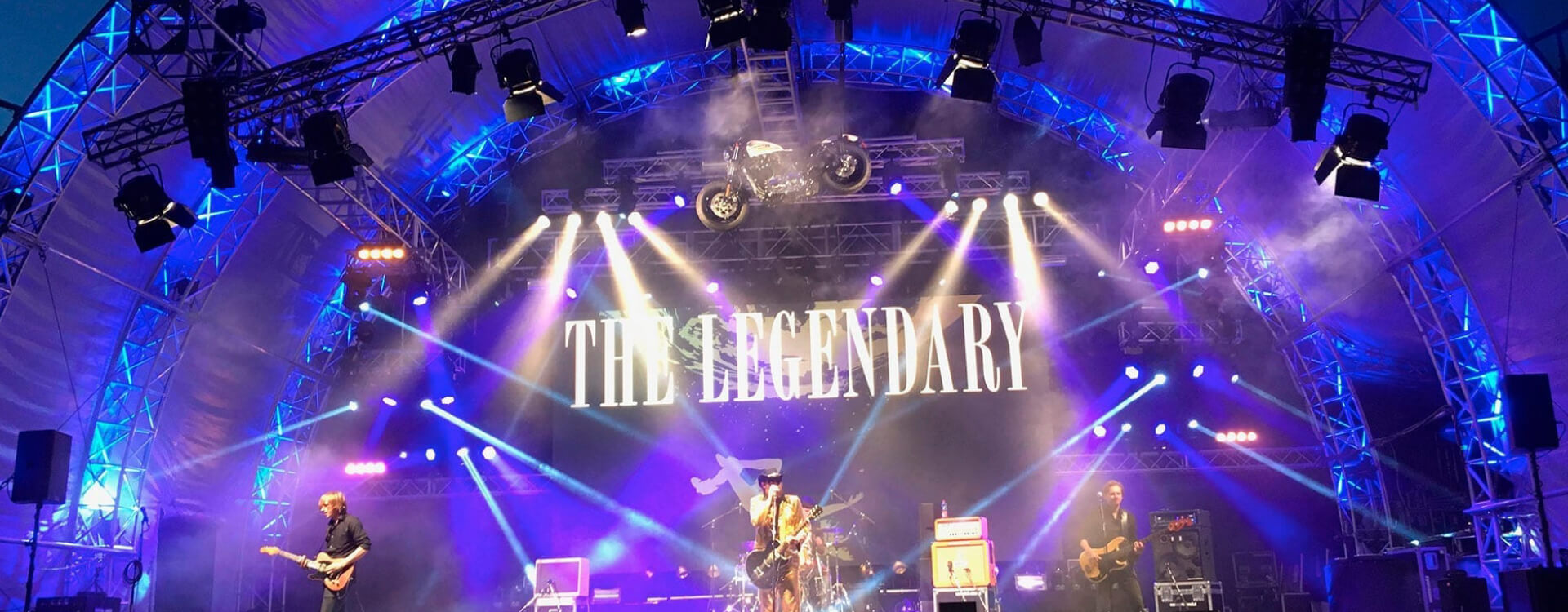
Gas was produced by heating coal at extreme temperatures for hours and then cooled and condensed into storage tanks. It was first introduced in 1815 at the Olympic Theatre. Gas lighting was revolutionary when it was first being used in the theatres and was a fourth of the cost of candles or oil lamps.


Stage lighting design full#
The first uses of lighting for theatre can be drawn back to the Greeks and the Romans who strategically built their stages in order to harness the full potential of the sun. Here she explains some of the developments in stage lighting history from the Greeks to present day. Intern Madison Mahrlig studies Theatre lighting design and Arts management at the College of Charleston in South Carolina.


 0 kommentar(er)
0 kommentar(er)
